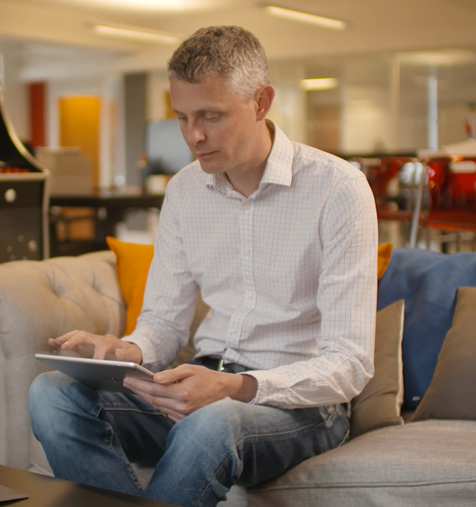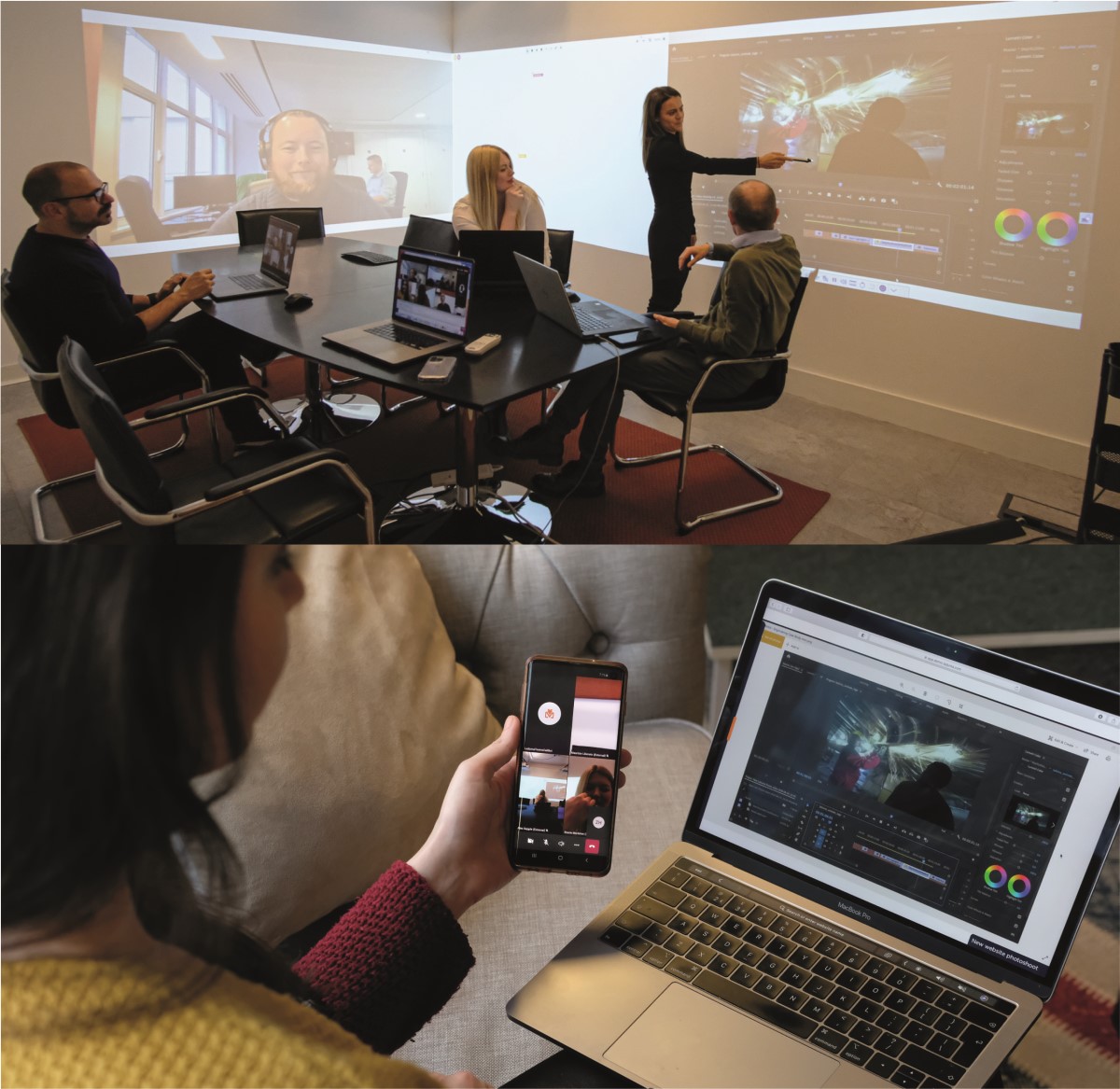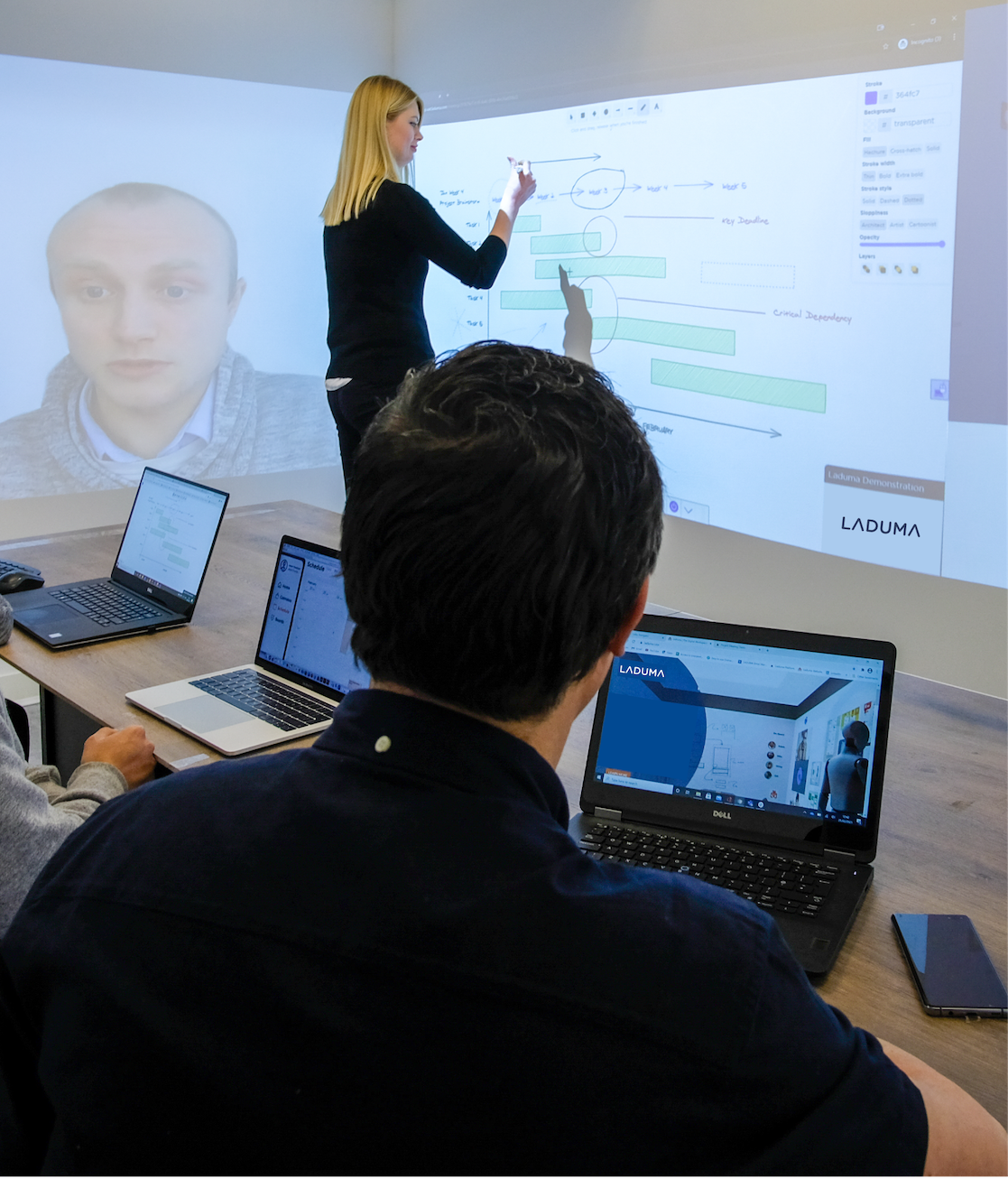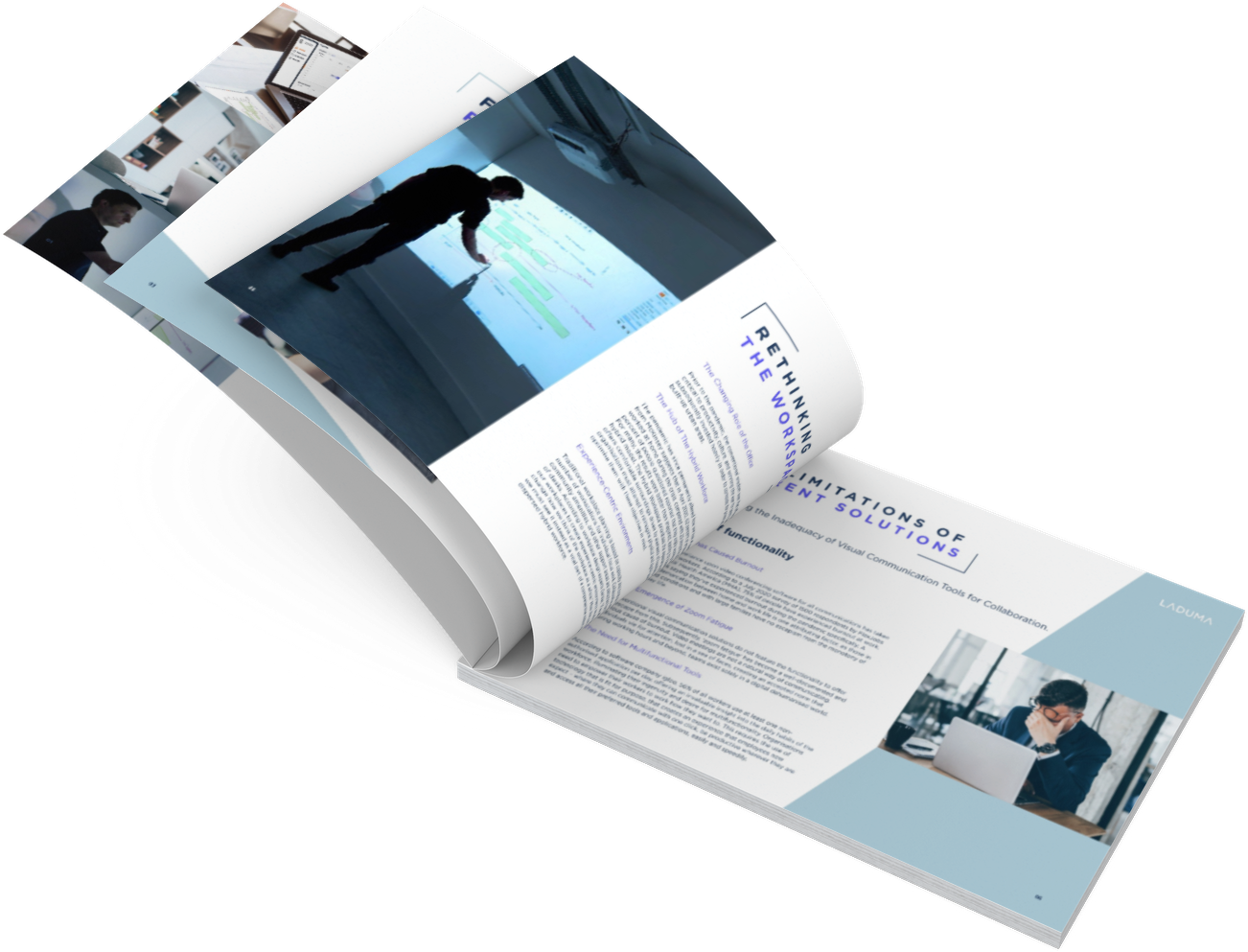Why Hybrid Working?
It has a lot to offer to organisations and their employees alike.
A well-implemented hybrid working policy benefits all concerned.
Employee wellbeing and engagement are hot topics, with organisations recognising the value of looking after their people and providing a culture and working life that engages them – with a work life balance being an integral part of this.
According to CIPD, over 60% of employees with the flexibility to work from home some of the time report a better work-life balance.
Workers are able to plan life around their work, rather than planning work around their lives, allowing them to balance childcare, lifestyle and education with work commitments.
Organisations, meanwhile, gain benefits to their bottom line. Hybrid Working yields long term opportunities to save on office rent and maintenance. Similarly, McKinsey forecast a 20% reduction in corporate travel spend by 2023 as remote and hybrid working takes off.






